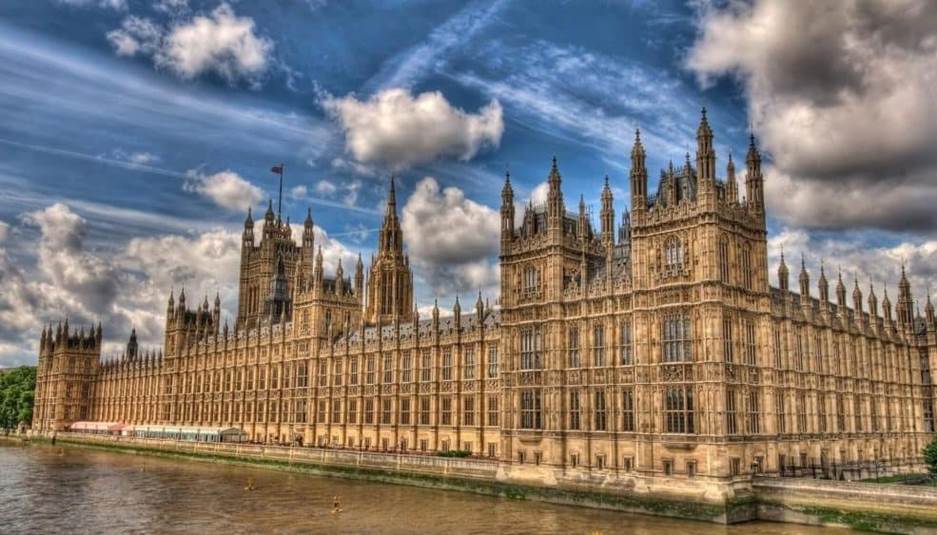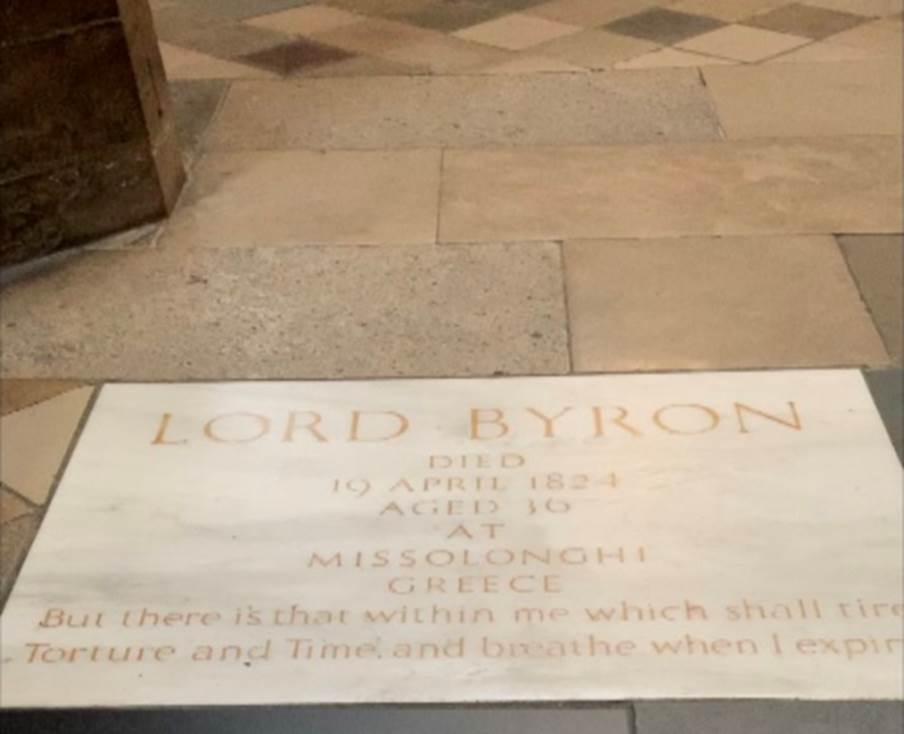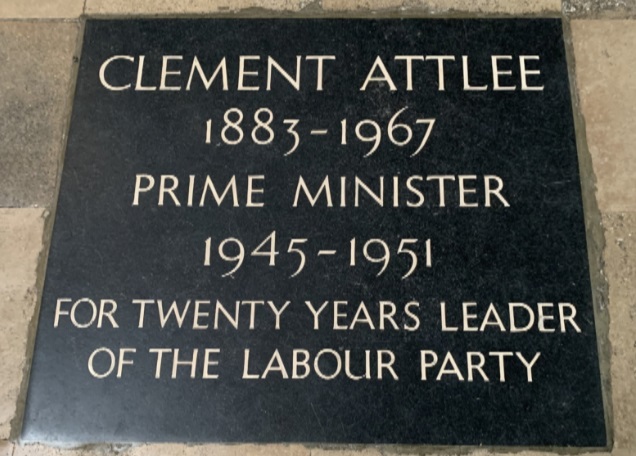
- Picture courtesy The Rembrandt
A Visit to Westminster Abbey
By Khalid Siddiqui
Ohio
Since 1066, Westminster Abbey has been the venue of the coronations of 39 British monarchs. And at least 16 royal weddings have taken there since 1100.
More than 3,300 people have been buried there including 18 monarchs. The first 12 of those monarchs were buried with their full tomb effigies on the first floor. The last one was Mary, Queen of Scots, in 1612. The remaining six monarchs were commemorated on the first floor of the abbey only with simple plaques. The last monarch buried there was George II in 1760. Since then, all the monarchs have been buried in Windsor.
Most of the other people buried there, besides the monarchs, are monks of the abbey, generals, admirals, politicians, doctors, scientists, poets, writers, composers and actors. It is considered prestigious to be buried there. However, Charles Dickens and Charles Darwin were buried there against their wishes. Surprisingly, Shakespeare was not buried there.

Other than those six monarchs, only two persons have their tombs on the first floor of the Abbey. One is poet Geoffrey Chaucer who died in 1400. The other one is John Andre. He was a British Army Major serving in America during the American Revolutionary War. He was hanged as a spy by the Continental Army on 2 October 1780 in New York. In 1821, his remains were moved to England and placed at Westminster Abbey under a marble monument.

Highly selected people were buried there. Even then, after centuries of use, by the end of 19 th century some concern about running out of space was raised. During the early 20th century it became increasingly common to bury the cremated remains rather than coffins in the crypt. The majority of modern interments are of cremated remains, but some burials still take place. In 2018, Stephen Hawking’s Urn was the last addition. It has been reported by the people allowed in the crypt that the area is so crowded with coffins, vaults and urns that it is difficult even to move around anymore.
Key scenes in the book and film ‘The Da Vinci Code’ take place in Westminster Abbey, but the abbey refused filming permission to the crew of the film. Instead, the film used Lincoln Cathedral as a stand-in for the abbey. In 2022, the abbey gave rare permission to film inside the church the movie ‘Mission: Impossible – Dead Reckoning Part Two’. The movie will be released in 2024.
The plaques commemorating the buried people are scattered all over the first floor of the abbey, roughly directly above their vaults/urns in the crypt. The abbey is an extremely crowded place. It is also a full-service church where services are held every day. Hundreds of people are walking over those plaques any given time of the day. It is, therefore, quite challenging to take the photographs of the plaques without interruptions. My guide, Michael Robinson, had warned me about it. That created a big problem for me.
A month earlier I was at the Dolmabahce Palace in Istanbul, Turkey where my plan was to take photographs of many important fixtures, but photography was not allowed inside the palace. My guide found out that the guards allow small groups and private tours first. So, we were first to go inside in the morning. At that time the docents were half asleep, making coffee, chit chatting with one another, adjusting their uniforms, settling down, and getting their chairs in place. That gave us enough time to take video footage of everything we wanted before they settled down in their positions. I mentioned this to Mike. To our surprise, he found out that private groups are allowed in the Abbey fifteen minutes earlier than the opening time. That gave us precious 15 minutes only to ourselves the next morning, and it was long enough for me to take photographs of all the plaques and tombs that I wanted. By the time the crowds came in we were already upstairs looking at the other cool stuff (to be reported later). Thanks also to Mike who knew precisely the locations of those plaques and tombs.
Here is the first list of dignitaries buried in the Abbey:
Scientists: Robert Stephenson – civil engineer and designer of locomotives; Charles Darwin; Joannes Herschel – inventor of photography; Sir Isaac Newton; Stephen Hawking (ashes); Howard Florey – co-inventor of penicillin.
Writers: Charles Dickens; Rudyard Kipling and Thomas Hardy (ashes)
Military Man: John Andre
Composer: George Handel
Poets: Lord Byron; Geoffrey Chaucer; Alfred Tennyson and Robert Browning
Lexicographer: Samuel Johnson
Politicians: Lord Macaulay who introduced Western education in India; and Clement Attlee (ashes) – prime minister of UK.
Actor: Laurence Olivier (ashes)

